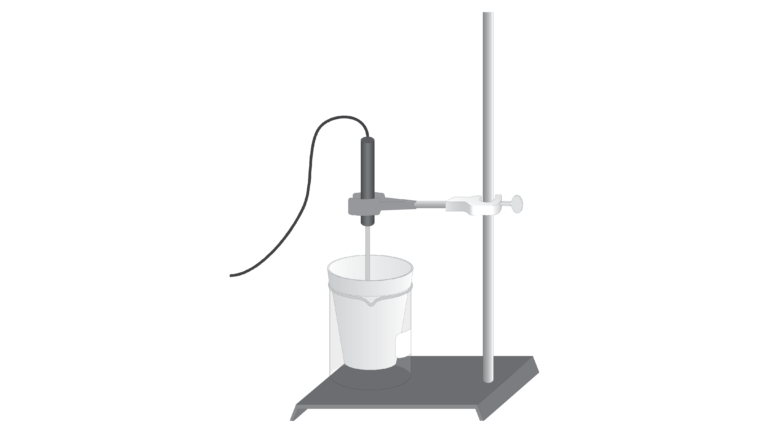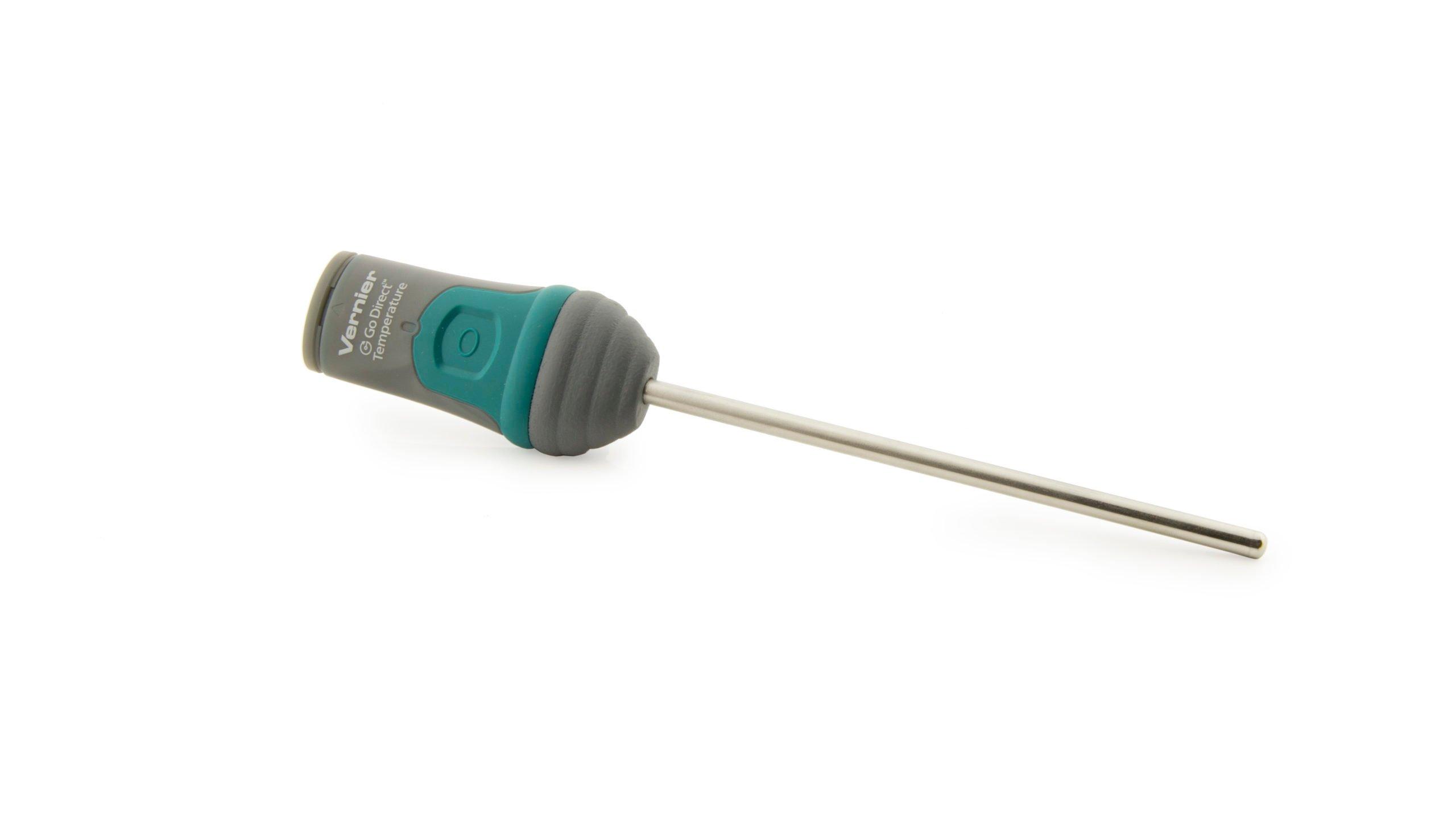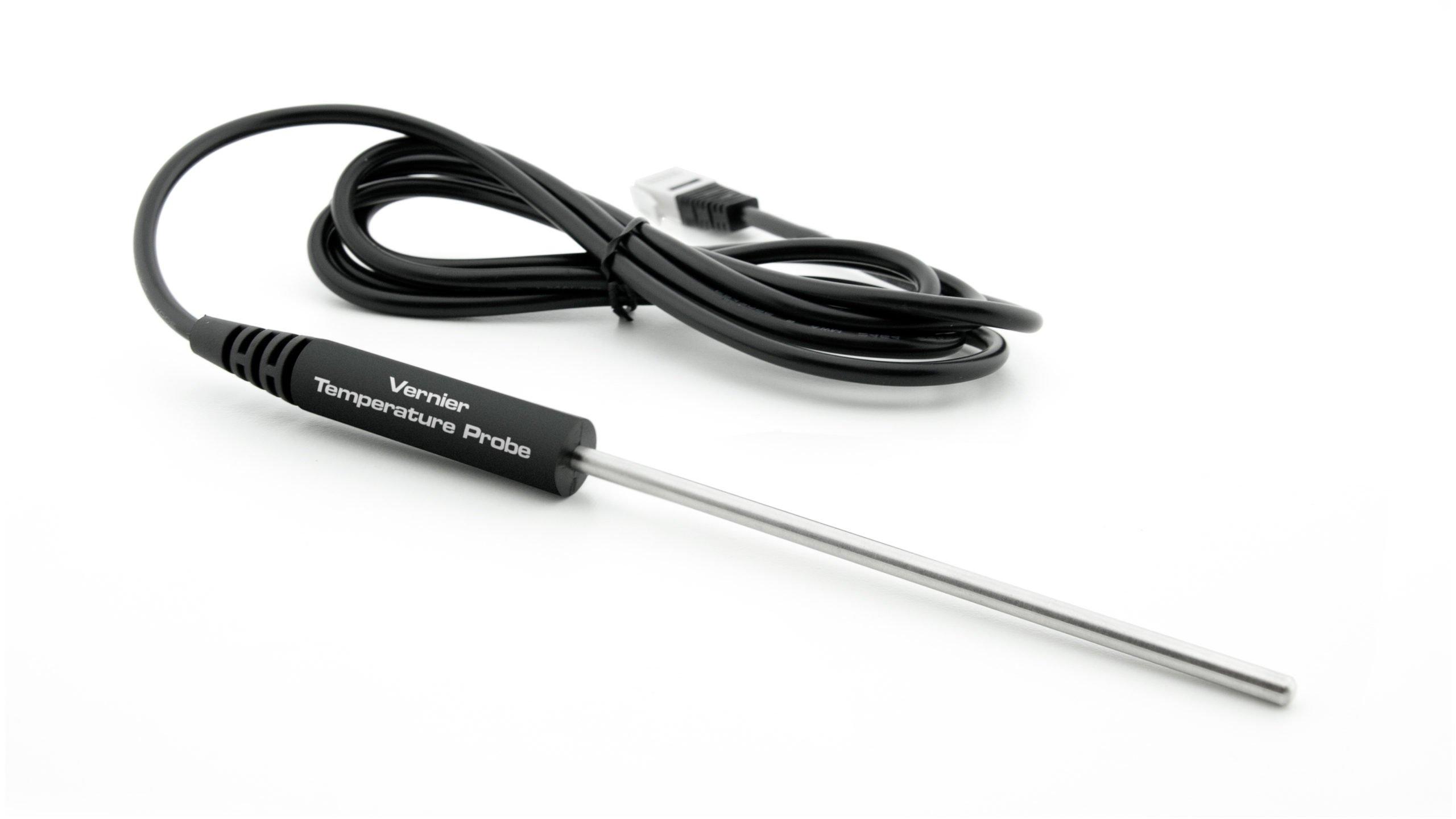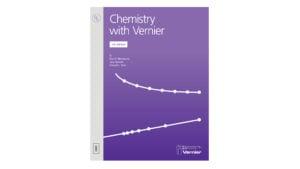Heat of Fusion for Ice
Experiment #4 from Chemistry with Vernier
- Education Level
- High School
- Subject
- Chemistry

Video Overview
Introduction
Melting and freezing behavior are among the characteristic properties that give a pure substance its unique identity. As energy is added, pure solid water (ice) at 0°C changes to liquid water at 0°C.
In this experiment, you will determine the energy (in joules) required to melt one gram of ice. You will then determine the molar heat of fusion for ice (in kJ/mol). Excess ice will be added to warm water, at a known temperature, in a Styrofoam cup. The warm water will be cooled down to a temperature near 0°C by the ice. The energy required to melt the ice is removed from the warm water as it cools.
To calculate the heat that flows from the water, you can use the relationship
where q stands for heat flow, Cp is specific heat, m is mass in grams, and Δt is the change in temperature. For water, Cp is 4.18 J/g°C.
Objectives
In this experiment, you will
- Determine the energy (in Joules) required to melt one gram of ice.
- Determine the molar heat of fusion for ice (in kJ/mol).
Sensors and Equipment
This experiment features the following sensors and equipment. Additional equipment may be required.
Option 1

Correlations
Teaching to an educational standard? This experiment supports the standards below.
- International Baccalaureate (IB)/Physics
- Applying the calorimetric techniques of specific heat capacity or specific latent heat
Ready to Experiment?
Ask an Expert
Get answers to your questions about how to teach this experiment with our support team.
- Call toll-free: 888-837-6437
- Chat with Us
- Email support@vernier.com
Purchase the Lab Book
This experiment is #4 of Chemistry with Vernier. The experiment in the book includes student instructions as well as instructor information for set up, helpful hints, and sample graphs and data.


